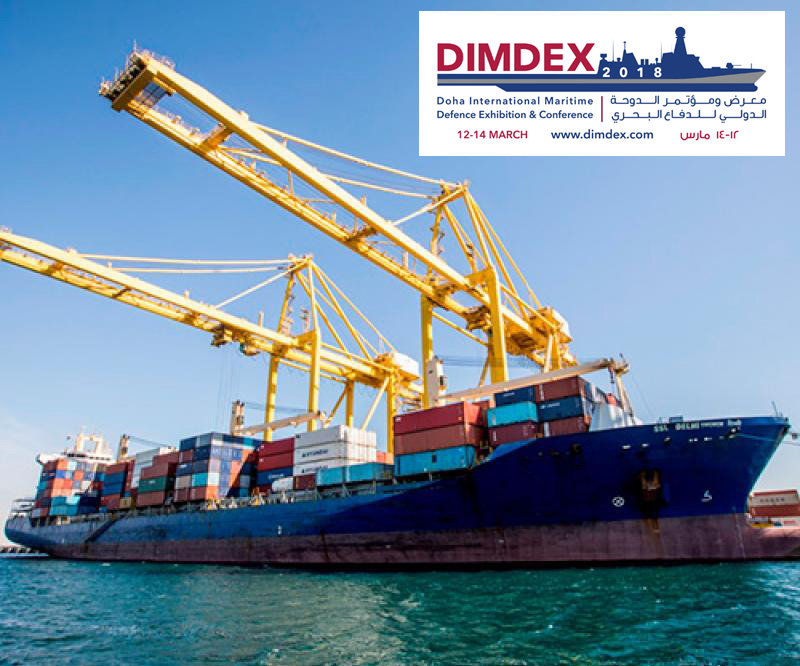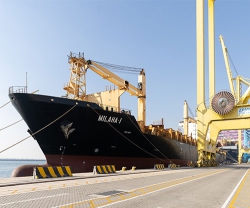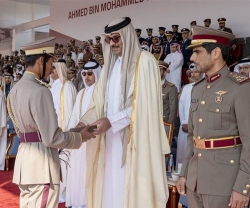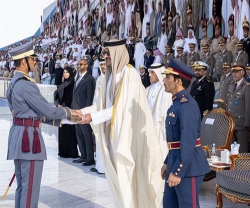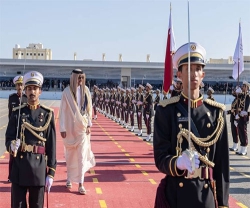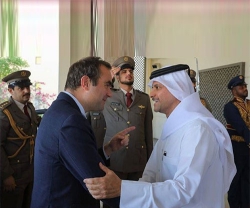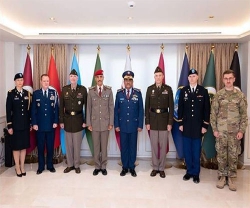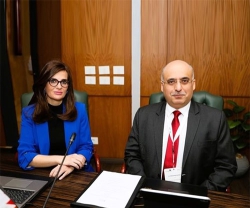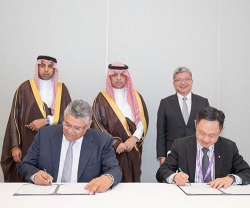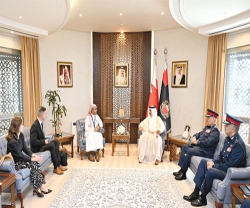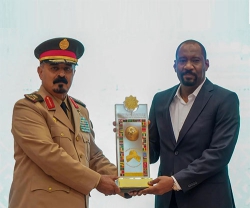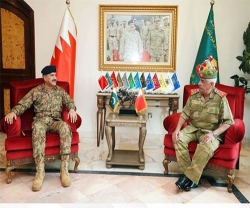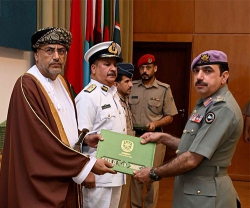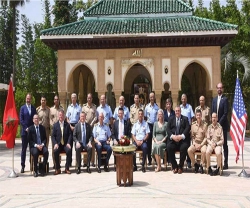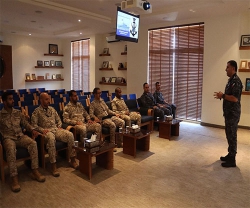As part of the highly anticipated 6th edition of the Doha International Maritime Defence Exhibition & Conference (DIMDEX 2018), Hamad Port, one of the Middle East’s largest port, is set to welcome for the first time the Visiting Warship Display at its state-of-the-art facilities.
The recently opened 28.5 square kilometers Hamad Port, operated by Qatar Ports Management Company (Mwani Qatar), boasts a 4 km long, 700 meters wide, and 17 meters deep basin, enabling it to harbor some of the world’s largest seafaring ships.
Marking a 10th anniversary this year, DIMDEX 2018 will be held under the patronage of H.H. Sheikh Tamim Bin Hamad Al Thani, Emir of the State of Qatar, and will be hosted and organized by Qatar Armed Forces, over three days from 12-14 March at the Qatar National Convention Centre (QNCC).
Hosted off-site from the QNCC, the extensive display of visiting warships will be comprised of several types of vessels including destroyers, frigates, and fast-attack craft, to amphibious transport docks from the region and beyond. To date, DIMDEX has received over 70warships at previous editions.
The arrival of the warships is one of the key elements of the leading three-day maritime defense event, as navies from around the world get to display their latest vessels and showcase their capabilities in protecting trading routes, borders and shorelines. This year, DIMDEX and Hamad Port will welcome international vessels and provide exhibitors and visitors with the opportunity once again to explore modern naval warships, and meet with the respective leaders and crew.
“Since DIMDEX was launched in 2008, we have continued to identify new avenues for putting on a larger, more diverse and exciting global maritime defense and security exhibition and conference. The organizing committee is finalizing preparations for the special 6th edition that will mark our 10th anniversary. This year’s event utilizes the new facilities and capabilities at Hamad Port and DIMDEX 2018will display the latest technologies from the maritime security and defense industry, offering solutions to entities responsible for securing sea routes, international borders, and regional waters,” said Chairman of DIMDEX, Staff Brigadier (Sea) Abdulbaqi Saleh Al-Ansari.
“The Visiting Warships segment has proved to be one of the most popular key elements of DIMDEX and we are excited that Hamad Port will serve as a docking venue for these vessels. Through the new collaboration with Mwani Qatar, we will be able to welcome larger vessels and showcase one of the many core infrastructure developments in the country, that represent a beacon for the future prosperity of MENA region and maritime stability and security,” Al-Ansari added
In September 2017, Hamad Port was inaugurated by His Highness, Emir of The State of Qatar, Sheikh Tamim bin Hamad Al Thani, representing a long-term manifestation of the Qatar National Vision 2030 – an all-encompassing plan focusing on the nation’s social, economic, environmental and human development.
Qatar’s major gateway to world trade is creating direct maritime lines and connecting Qatar to other international ports around the world to ensure the growing needs of the local market are met and to establish Hamad Port as a vital commercial centre in the region. Hamad Port has also been instrumental in addressing the challenges presented by the ongoing political challenges in the region, with the opening of new shipping lines to various international ports.
Mr. Hamad Ali Al Ansari, Director of Public Relations and Communications, Qatar Ports Management Company (Mwani Qatar), said: “We are excited to contribute to one of the region’s leading defense and maritime events and facilitate some of the world’s largest naval vessels to be part of this premier event. Hamad Port offers expanded capacity, new sector-specific capabilities and hosts a base for offshore and marine support vessels. The port is strongly positioned to develop a regional shipping hub in the region and to play a major role in diversifying the Qatari economy and preparing it for a post-hydrocarbon future.”

